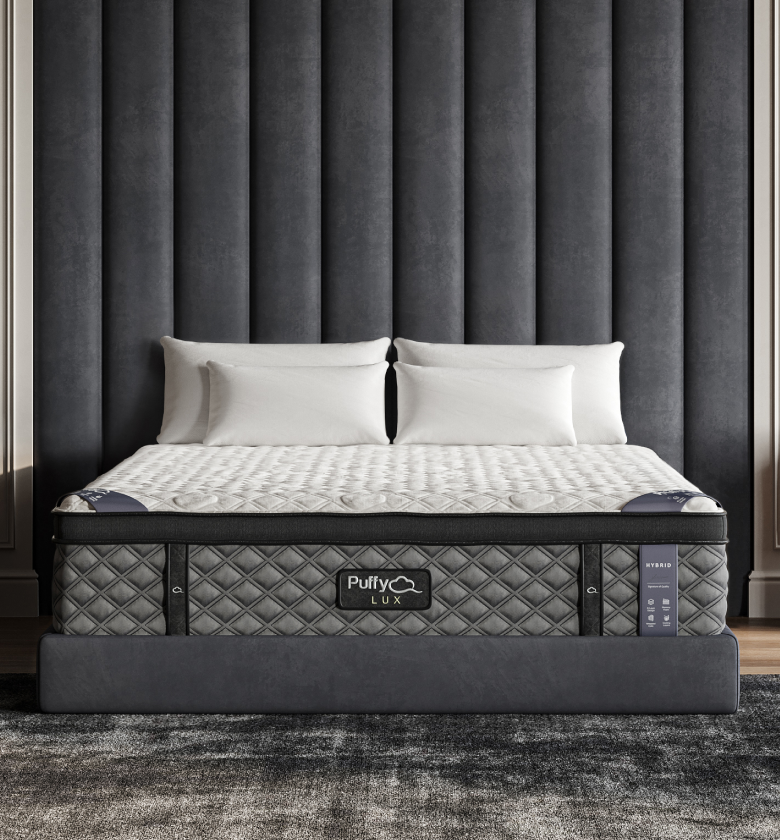Key Takeaways
- Learn how to make welting for pillows to add a professional, stylish finish to your pillow covers.
- Discover step-by-step methods for crafting and attaching welting using common materials.
- Explore creative variations of welting, from contrast piping to decorative trims.
- Find out how to maintain the durability and shape of your welting on pillows.
Adding welting to pillows is a great way to elevate your home decor while giving your cushions a polished, tailored look.
If you’ve ever admired the crisp piping on designer throw pillows, this guide will show you how to make welting for pillows using easy techniques and tools you can find at home.
Welting on Pillows
Welting (also known as piping) is a fabric-covered cord sewn into the seams of pillow covers to add structure and a touch of elegance.
Benefits of Adding Welting:
-
Provides a clean, professional edge to your pillows. This polished look can make even the most casual throw pillows look designer-quality.
-
Adds durability by reinforcing pillow seams. This is especially helpful for high-use pillows that endure daily wear and tear.
-
Offers an opportunity to introduce contrast or complementary colors. Try bold colors, patterns, or even metallic fabrics for a unique effect.
-
Makes handmade pillows look store-bought. This finishing touch makes DIY projects look polished and high-end, adding confidence to your home design skills.
After adding welting to a few of our couch pillows, we noticed how much more polished the whole room felt—it’s a small detail that makes a big impact.
Adding welting to pillows not only adds a crisp finish but also complements the comfort of a Puffy Cloud Mattress, creating a cozy, polished bedroom look.
How to Make Welting for Pillows
Here’s a simple guide to making your own welting:
-
Measure and cut bias strips: Cut strips of fabric on the bias (at a 45-degree angle) for better stretch and flexibility. Make sure to measure twice to avoid any shortages.
-
Wrap the cord: Place a length of cord (cotton piping cord or similar) in the center of each strip and fold the fabric over it. Secure with pins if necessary to keep it in place.
-
Sew the seam: Use a zipper foot to stitch close to the cord, creating a tight, fabric-covered cord. Take your time to ensure even stitches for a clean finish.
-
Attach to pillow edges: Pin the welting along the pillow’s seam edge, then sew with the zipper foot to secure. Double-stitch corners for extra durability and a professional look.
Tools You’ll Need
-
Cotton piping cord (available at fabric stores)
-
Fabric strips (cut on the bias)
-
Sewing machine with zipper foot
-
Scissors, pins, and a measuring tape
Creative Variations of Pillow Welting
-
Contrast color welting: Use a bold, contrasting fabric for the welting to make pillows pop. You can also mix and match with textured fabrics for an eclectic touch.
-
Textured trims: Swap the standard cord for braided or twisted trims. Consider adding beaded or embroidered trim for extra flair.
-
Double piping: Layer two welting cords for a dramatic effect. Combine different colors or materials to make the welting stand out even more.
Pairing pillows with custom welting alongside a Puffy Lux Mattress has truly elevated our bedroom’s look and feel—the clean, defined lines of the pillows perfectly complement the smooth, luxurious surface of the mattress.
How to Maintain Welting on Pillows
-
Fluff pillows regularly to maintain their shape and prevent cord distortion.
-
Check seams periodically to ensure the welting is still secure.
-
Spot clean welting with a damp cloth if it gets soiled.
| Maintenance Task | Frequency |
|---|---|
| Fluff and reshape | Weekly |
| Inspect seams | Monthly |
| Spot clean | As needed |
Troubleshooting Common Issues
Why is my welting bunching?
-
Make sure fabric strips are cut on the bias.
-
Use a consistent seam allowance when sewing.
Can I add welting to premade pillows?
-
Yes, but it requires opening a seam, inserting welting, and resewing the seam.
-
Best results come from adding welting during initial pillow construction.
Does fabric type matter for welting?
-
Yes! Stiffer fabrics hold their shape better, but flexible fabrics drape more naturally.
-
Choose materials that match or contrast with the pillow’s main fabric.
Conclusion
Mastering how to make welting for pillows is a simple way to bring a custom, polished look to your home decor.
Whether you’re sprucing up old pillows or designing a new set, adding welting offers a personal touch that stands out.
It adds personality and elegance to a space without requiring a full redesign, making it a versatile choice for many homes.

- 8 layers of cloudlike luxury.
- Medium-plush feel.
- Gel-infused cooling.
- 101-night sleep trial.












